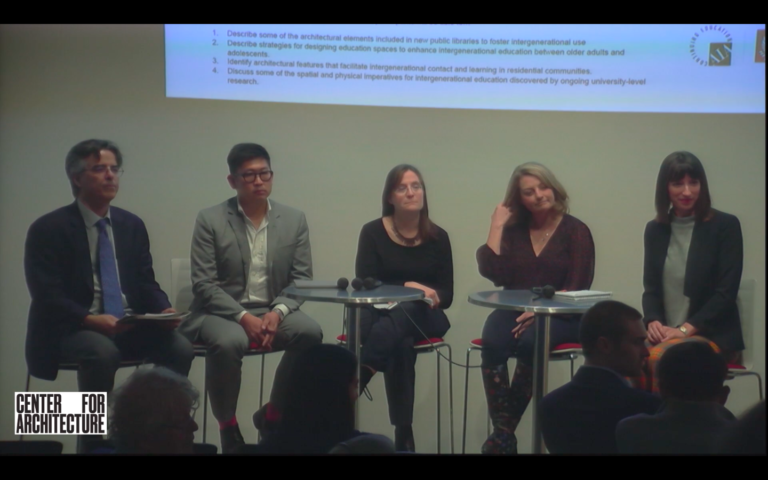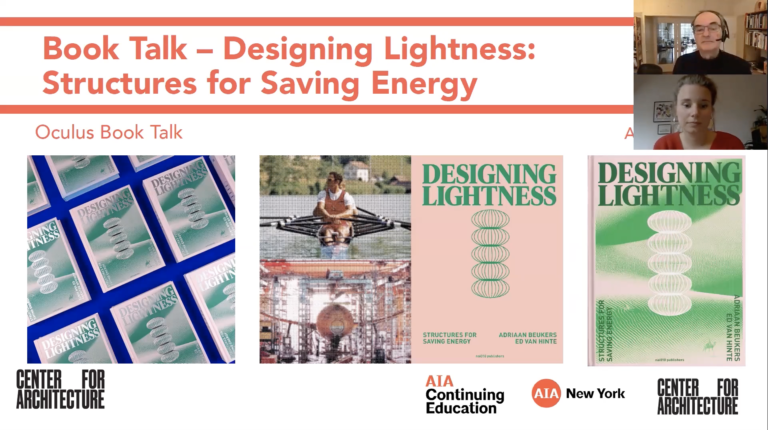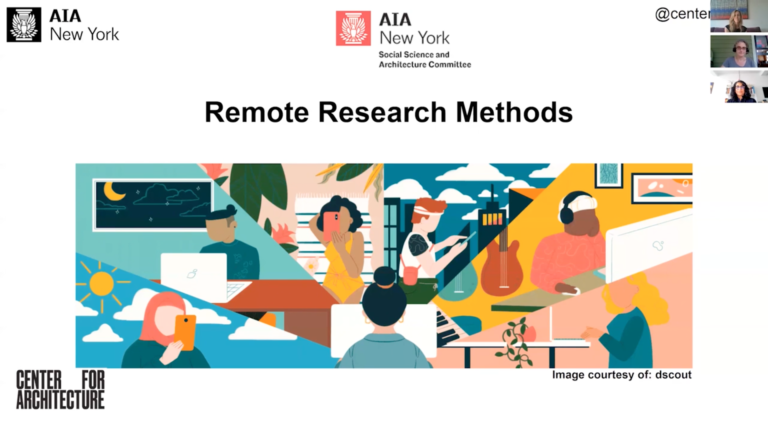Is it possible to design public space where everyone feels safe and secure? When public spaces are designed to intentionally enhance safety and provide a sense of security, they often succeed at delivering an improved experience for a community. However, the needs and perspectives of every community member are rarely incorporated, and many voices remain unheard and invisible. Often, a positive outcome for some can also create a less secure, more harmful, and even hostile environment for others. This event will explore how design research and implementation can either create equitable or inequitable public spaces and discuss strategies to promote more inclusive environments. The program will dive into the following questions:
- Can data-informed design and the engagement of a broader, more diverse group of actors in design research help create greater visibility of the needs of a whole community?
- What might equitable public space look like and how can data and different perspectives inform such outcomes?
- What existing systems of oppression contribute to current policy and design guidance for the creation of public spaces?
This conversation will invite discussion around how empirical data can be used to shift the design of public spaces and further who should be involved in data collection and analysis as a means to empower communities, researchers, and designers to jointly create more equitable, just public spaces.
Speakers:
Sharon Cotton, Resident Stakeholder, Wagner Houses Neighborhood Stat Team, Mayor’s Action Plan for Neighborhood Safety (MAP)
Tamara Greenfield, Deputy Executive Director, NYC Mayor’s Office of Neighborhood Safety
Layman Lee, Project Director of Neighborhood Safety Initiative (NSI), Center for Court Innovation
Isabel Saffon, Associate Director of Design for Neighborhood Equity Design, Center for Court Innovation
Linnaea Tillett, PhD, Founder and Principal, Tillett Lighting Design Associates


